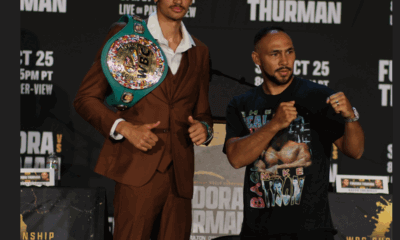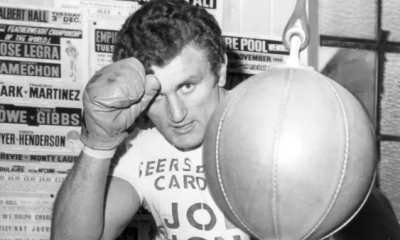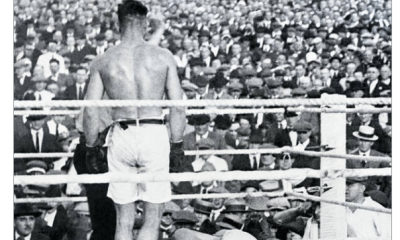Featured Articles
Postscript to a Bad Night in Vegas
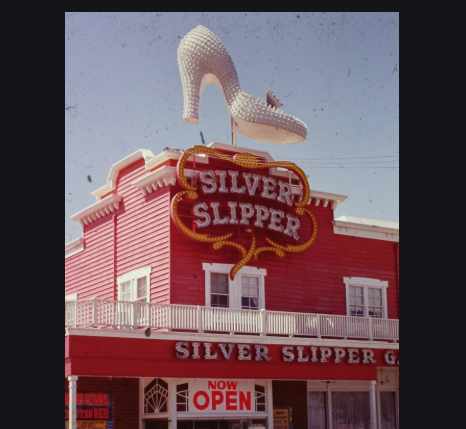
Next month, forty years will have passed since I attended a boxing show at the Silver Slipper in Las Vegas that enriched my memory bank like no other boxing experience; it remains vivid to this day. It also inspired one of my first articles.
So come with me now as I return to the night of July 23, 1980 where I would forever be grounded in the true pathos and ambivalence of boxing.
His name was Javier Ayala and he lived in Los Angeles by way of Tijuana. He had gone 10 rounds with legendary Nicolino Loche and the great Roberto Duran and also went the distance with Leroy Haley and Esteban De Jesus. His career highlight likely came in 1974 when he went to Brisbane, Australia and shocked Aussie Hector Thompson (49-3-2 coming in), winning by TKO. He also retired Angel Mayoral (51-7-2) with a points win in 1976. But on this night at the Silver Slipper in Las Vegas, his main event opponent was Bruce Finch, whose legacy would be that after his third round KO loss to Sugar Ray Leonard in 1982 in Reno, Leonard would have surgery to repair a detached retina.
Coming into the Finch fight, Javier had lost six straight including setbacks to Dujuan Johnson, rugged Lou Bizzarro, and the very capable Jerry “Schoolboy” Cheatham. He had become a barrier that prospects needed to get through before going to the next level.
I was visiting my brother at the time (I had been on assignment in Phoenix and flew in for some R and R), but on this particular July night I was alone. After several hours of blackjack at Bally’s and a soulful dinner at Kathy’s Southern Cooking establishment, I pursued my real interest of the evening which was to watch a young lightweight prospect out of Youngstown, Ohio by the name of Ray “Boom Boom” Mancini. He was 10-0 and was on the undercard in an eight-rounder against one Leon Smith who he blew away in the first round with several unanswered shots to Smith’s liver that could hear throughout the hall. I was on the aisle near ringside and they sounded like muffled bombs. I was most impressed and anything else on this particular night of boxing would be icing on the cake.
Chris Schwenke fought his first pro fight and won a four-round UD over Bill Fallow. This would be the start of a 14-fight winning streak. There was an uneventful six-rounder between Danny Sanders and Irish Pat Coffey which Danny won by TKO in the last round.
At this point, there was a brief intermission and I remember this young boy of about nine or 10 years old who then appeared and was standing just to the rear of my seat. I asked him his name and he told me that he was Javier Ayala’s son. He was very shy. We had a nice exchange (in Spanish) and I said I hoped his father would do well. As the fighters walked to the ring, I noticed Javier Ayala reach over to pat his son on the shoulder and give him a smile and a wink. The fighters were then introduced amidst the usual fanfare and the crowd readied for the main event.
Finch, a welterweight from Milwaukee, had lost only three fights coming in and those were to top-level opponents: Tommy Hearns, Larry Bonds, and Pete Ranzany. He had won 21 and was touted as having lots of pop in his punches. The much younger Finch looked to be in excellent shape while the tattooed Ayala looked every bit his age of 37.
As I torched up my Cohiba corona — thankfully there were no smoking restrictions back in 1980, particularly in a gambling casino – the fighters received their instructions, touched gloves, the bell rang and the fight began.
The first two rounds were mostly cat-and-mouse with both fighters feeling each other out and getting in a few decent shots. Finch threw some neat combinations and appeared to have taken control by the end of round two.
It happened in the third round. Both fighters were coming out of a clinch and as they set themselves, Ayala moved forward to throw a telegraphed looping right. Finch got their first, unleashing a short right uppercut which hit Ayala on the point of the chin.
You could hear the vicious blow back in the gambling area. Ayala hit the canvas as if he had been hit with a 10-gauge shotgun – and that’s when what started out to be a pleasant evening of mainly fun become something else.
As he landed on his back, his body hit before his head which then whipsawed onto the canvas. He stayed down as his only handler hovered over him and as ringside officials and the referee quickly went to revive him. He was unconscious and stayed that way for 10 to 15 minutes without so much as a moving limb. A stretcher was being readied, the crowd was hushed, and a genuine sense of concern permeated. Everyone feared the worst. Even the gamblers came over. Finch, while elated with his one-punch victory, was visibly concerned as well.
While this was going on, I glanced over at his son standing in the rear area and I’ll never forget the look on his face or the tears welling up in his eyes. I went over and put my arm around him and said, “Don’t worry, your father will be fine.” He was shaking all over and it was all I could do to keep myself composed. Finally, after what seemed like an eternity, Javier Ayala arose to scattered applause and the relief was palpable.
He left the ring under his own power, albeit unsteadily, and seemed okay. As he was heading for the dressing room, he stopped and took his son’s hand in his own and they both disappeared from sight as they went into the room. The word that best describes what I witnessed that moment was pathos. My overwhelming emotion was one of sympathy and pity.
In no other sport is the connection between performer and observer so intimate, so frequently painful, so unresolved – Joyce Carol Oates
I never found out what happened to Javier but I do know that this was his last fight. He finished his career with a record of 26-26-1. Where he is today or where his son might be remained mysteries that I never attempted to solve. Maybe I was afraid of what I might learn.
As for Bruce Finch, he would win 11 in a row before being stopped by Sugar Ray in 1982. He would then lose six of his next seven fights before retiring in 1985.
To this day, when I get giddy over some fight or engage in a heated argument over boxing in general and need a reality check, I always think back to that bad night in Vegas – one that would leave me with indelible, though mixed memories.
Every man’s memory is his private literature – Aldous Huxley
POSTSCRIPT: Decades later, I received the following email from Gerardo Arroyo: “Hello, my father is good friends with Javier Ayala. Javier is doing fine and currently resides in Tijuana. He has good memories of his boxing career. I met him when I was a young kid. He has a peacock tattoo on one of his shoulders. Is he the same person you are describing in your article?”
He was.
In a sport known for its inherent brutalities and sleazy underbelly, there is nothing wrong about a boxing story with a happy ending.
Ted Sares can be reached at tedsares@roadrunner.com
Check out more boxing news on video at The Boxing Channel
To comment on this story in The Fight Forum CLICK HERE
-

 Book Review4 weeks ago
Book Review4 weeks agoMark Kriegel’s New Book About Mike Tyson is a Must-Read
-

 Featured Articles3 weeks ago
Featured Articles3 weeks agoThe Hauser Report: Debunking Two Myths and Other Notes
-
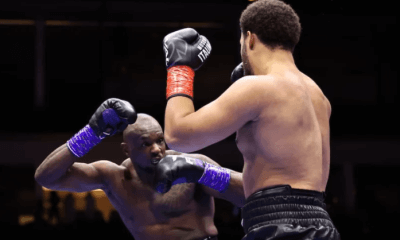
 Featured Articles3 weeks ago
Featured Articles3 weeks agoMoses Itauma Continues his Rapid Rise; Steamrolls Dillian Whyte in Riyadh
-

 Featured Articles3 weeks ago
Featured Articles3 weeks agoNikita Tszyu and Australia’s Short-Lived Boxing Renaissance
-
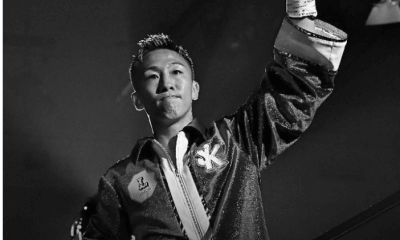
 Featured Articles4 weeks ago
Featured Articles4 weeks agoKotari and Urakawa – Two Fatalities on the Same Card in Japan: Boxing’s Darkest Day
-
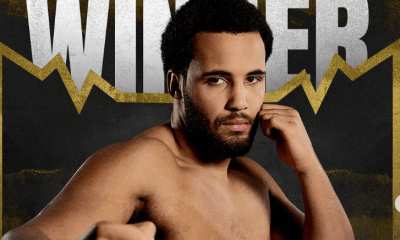
 Featured Articles3 weeks ago
Featured Articles3 weeks agoIs Moses Itauma the Next Mike Tyson?
-

 Featured Articles2 weeks ago
Featured Articles2 weeks agoBoxing Odds and Ends: Paul vs ‘Tank,’ Big Trouble for Marselles Brown and More
-

 Featured Articles3 weeks ago
Featured Articles3 weeks agoAvila Perspective, Chap. 340: MVP in Orlando This Weekend


